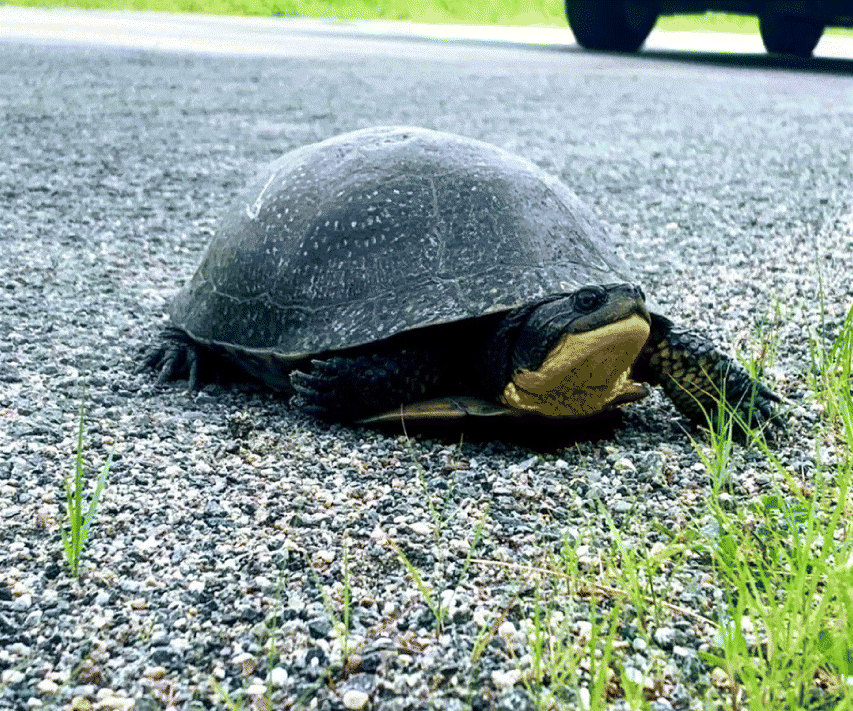Background
Powerful and well-implemented legislation is an important step towards the protection and recovery of species at risk of extinction (Ray and Ginsberg 1999; Schwartz 2008). For example, the U.S. Endangered Species Act, despite its flaws, has resulted in several species being saved from extinction (Evans et al. 2016). Although Canada has national legislation to protect species at risk and provide for their recovery (Species at Risk Act (2002), S.C. 2002, c. 29), this legislation generally only applies to lands that are under federal government jurisdiction, with the exception of emergency orders, which are rarely implemented. Since most land in Canada is under provincial jurisdiction, species protection often effectively falls under provincial species-at-risk legislation (Olive and McCune 2017).
Of the seven provincial and territorial species-at-risk laws in Canada, Ontario’s Endangered Species Act (henceforth referred to as the ESA) was considered the best (Nixon et al. 2012; Olive and Penton 2018). Ontario was the first province in Canada to pass legislation to protect endangered species in 1971, with no other province doing so until Quebec in 1989 (Olive 2014). Ontario’s legislation was subsequently modernized in 2007 with the passing of the ESA (Environmental Commissioner of Ontario 2013). The process of listing species for protection under Ontario’s ESA began with the assessment of a species by an independent scientific committee and Indigenous knowledge holders, known as the Committee on the Status of Species at Risk in Ontario (COSSARO (2019)). If a species was classified as threatened or endangered, then that species and its habitat would receive automatic legal protection. It was largely because of this automatic habitat protection, which many other provinces lacked, that Ontario’s ESA was considered the best of its kind in Canada (Nixon et al. 2012; Olive and Penton 2018).
The More Homes, More Choice Act, passed by the provincial government in June 2019, includes changes to Ontario’s ESA (Ministry of the Environment, Conservation and Parks 2019), with avowed aims of enhancing oversight and transparency in listing species, improving public consultation, and streamlining processes of listing and permitting for developers. These changes affect the entire process from listing to management of species at risk. Notably, they include the following: (i) opening COSSARO membership to members with “community knowledge”; (ii) considering a species’ status across its entire geographic range, rather than focusing on its status within Ontario; (iii) increasing timelines for species listing and delaying automatic protections; (iv) authorizing harmful activity on a “landscape scale”; and (v) allowing a party to pay into a fund in lieu of implementing conservation actions to protect species at risk.
In this editorial, we outline why these five fundamental changes are likely to put Ontario’s species at greater risk of extinction (see example in Fig. 1). The following concerns are listed in the order in which they affect the species protection process, from species-at-risk listing to management. Although we acknowledge that endangered species legislation is often viewed as cumbersome and difficult to implement (Schwartz 2008; Bird and Hodges 2017), we argue, as do others (e.g., Waples et al. 2013; Evans et al. 2016; Westwood et al. 2019), that adequate species protection can only be achieved when strong legislation is in place. For each of our concerns, we provide alternative recommendations for ways Ontario could better protect species at risk and their habitats.
 Fig. 1. A species likely to be negatively impacted by the changes to Ontario’s Endangered Species Act is the Blanding’s turtle (Emydoidea blandingii) population of North Shore, Ontario, as this population is located on land slated for development into a quarry. Under the new legislation, developers can pay into a Species-at-Risk Conservation Fund. The fund is designed to allow developers to pay money instead of refraining from activities that may harm an at-risk species. It is up to the provincial government to decide if the quarry project may proceed (Semeniuk 2019). Photo by Dale Cooper.
Fig. 1. A species likely to be negatively impacted by the changes to Ontario’s Endangered Species Act is the Blanding’s turtle (Emydoidea blandingii) population of North Shore, Ontario, as this population is located on land slated for development into a quarry. Under the new legislation, developers can pay into a Species-at-Risk Conservation Fund. The fund is designed to allow developers to pay money instead of refraining from activities that may harm an at-risk species. It is up to the provincial government to decide if the quarry project may proceed (Semeniuk 2019). Photo by Dale Cooper.
Voices of the RSC” is a series of written interventions from Members of the Royal Society of Canada. The articles provide timely looks at matters of importance to Canadians, expressed by the emerging generation of Canada’s academic leadership. Opinions presented are those of the author(s), and do not necessarily reflect the views of the Royal Society of Canada.


